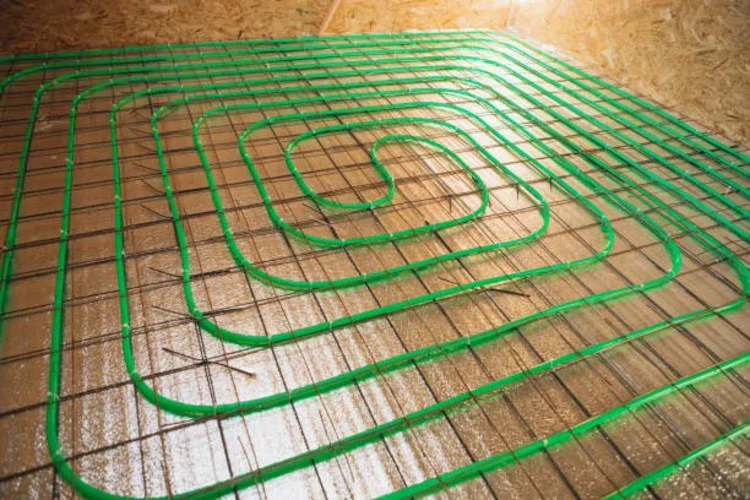Introduction
PEX pipes, or cross-linked polyethylene pipes, provide versatile and reliable plumbing solutions for residential, commercial, and industrial applications. Proper installation is crucial to ensure optimal performance and longevity of PEX pipes. Let’s explore the methods and considerations for installing PEX pipes effectively.
Preparation and Planning
Assessing Project Requirements:
Assess project needs, select appropriate PEX pipe size, type, and fittings considering flow rates, pressure, and temperature.
Mapping the Layout: Create a detailed plumbing layout, marking fixture, appliance, and supply line locations. Plan PEX pipe routing to minimize fittings, optimize flow, and prevent leaks.
Installation Methods
Manifold System: In a manifold system, PEX pipes are connected to a central distribution manifold, which controls the flow of water to individual fixtures or zones. This method provides precise control over water distribution and allows for easy isolation of specific areas for maintenance or repairs.
Home-Run System: In a home-run system, each fixture or appliance is connected directly to a dedicated PEX pipe running from the main distribution line. This method minimizes pressure drop and ensures consistent water flow to each fixture, enhancing performance and efficiency.
Branch-and-Loop System: A branch-and-loop system combines elements of both manifold and home-run systems, with PEX pipes branching off from a main distribution line and looping back to the source. This method provides a balance between efficiency and simplicity, allowing for flexible routing and easy expansion of the plumbing system.
Considerations and Best Practices
Expansion and Contraction: PEX pipes have a degree of flexibility that allows them to expand and contract with temperature changes. Ensure proper allowance for expansion by leaving slack in the pipes and using expansion loops or fittings where necessary. Failure to accommodate expansion may lead to stress on the pipes and potential leaks.
Avoiding Sharp Bends: Avoid sharp bends or kinks in PEX pipes, as they can restrict water flow and cause damage to the pipe material over time. Use gentle curves or gradual bends to maintain the integrity of the pipes and ensure optimal performance.
Pressure Testing: After installation, perform a pressure test on the plumbing system to check for leaks or defects. Pressurize the system to the recommended level and monitor for any drop in pressure over time. Address any leaks or issues promptly to prevent water damage and ensure the reliability of the system.
Conclusion
In conclusion, proper PEX pipe installation is vital for efficient, reliable plumbing systems. Understanding installation methods and key factors ensures optimal performance, minimizing risks. With their versatility and ease, PEX pipes remain a top choice for modern plumbing, offering durable solutions for various projects.
Contact
IFANPLUS is a specialized product series launched by IFAN, primarily covering plastic pipes, fittings, and various types of valves. We offer PPR and PEX pipes in German and American standards, ensuring the high quality and reliability of our products. IFANPLUS valve products include a variety of valves, from PPR valves to other diverse copper valves, catering to your specific requirements. Whatever product you need, IFANPLUS will be your reliable partner. Here is our contact information.
We will reply your email or fax within 24 hours.
You can call us at any time if there is any question on our production.
For more information,pls visit our webside https://www.ifanplus.com/
Pls Mailto: [email protected]






